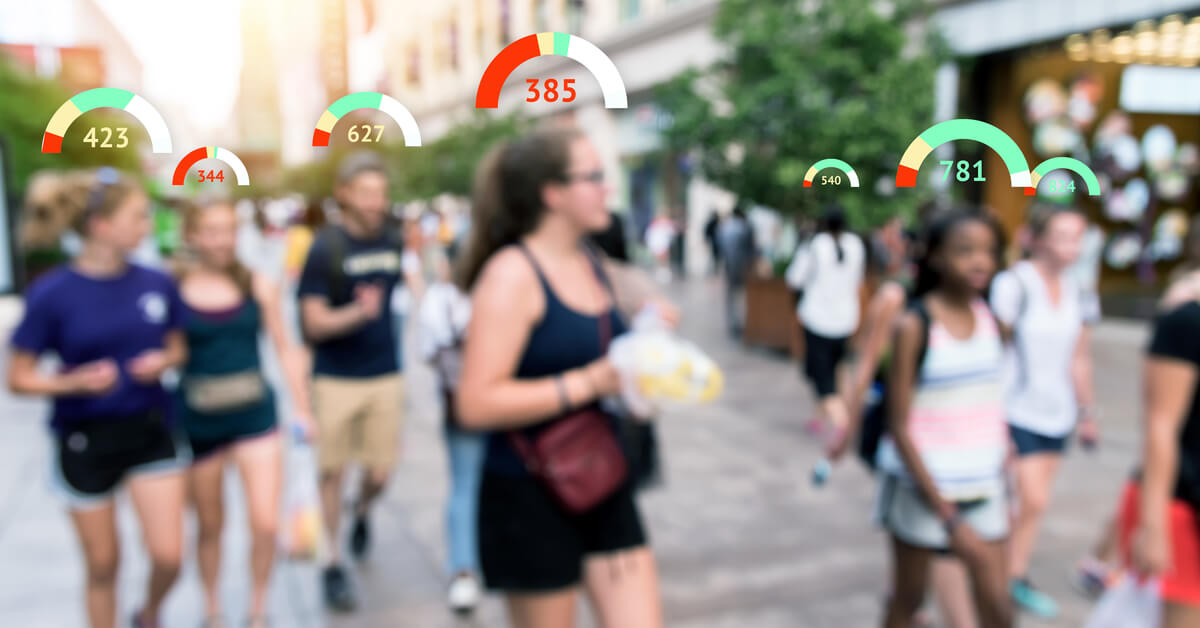January 28, 2021; December 9, 2021; and June 20, 2024
Scrutiny of College Admissions has been intense recently and it is therefore important to summarize first some of the controversies, particularly around test scores, for context. The standardized testing non-profits have been selling the names of students for years to colleges, albeit with consent. The student performance in scoring bands on the SAT or ACT was ostensibly used for facilitating the matching of suitable candidates to colleges but, in fact, it was also used to drive up applications, benefiting their US News & World Report rankings. An invitation to apply to that selective college may have had more to do with their need to improve the school’s bond rating than the potential match they saw between applicants and schools.
That game thankfully is now over or ending, thanks to the sweeping move away from the use of the SAT and ACT in admissions, driven by valid concerns over equity. This leaves not only a large screening problem for colleges but also a renewed focus on the high school transcript, the GPA, teacher recommendations, alternative credentials, and the extra/co-curriculum — all much better predictors of student success. However, a problem…

